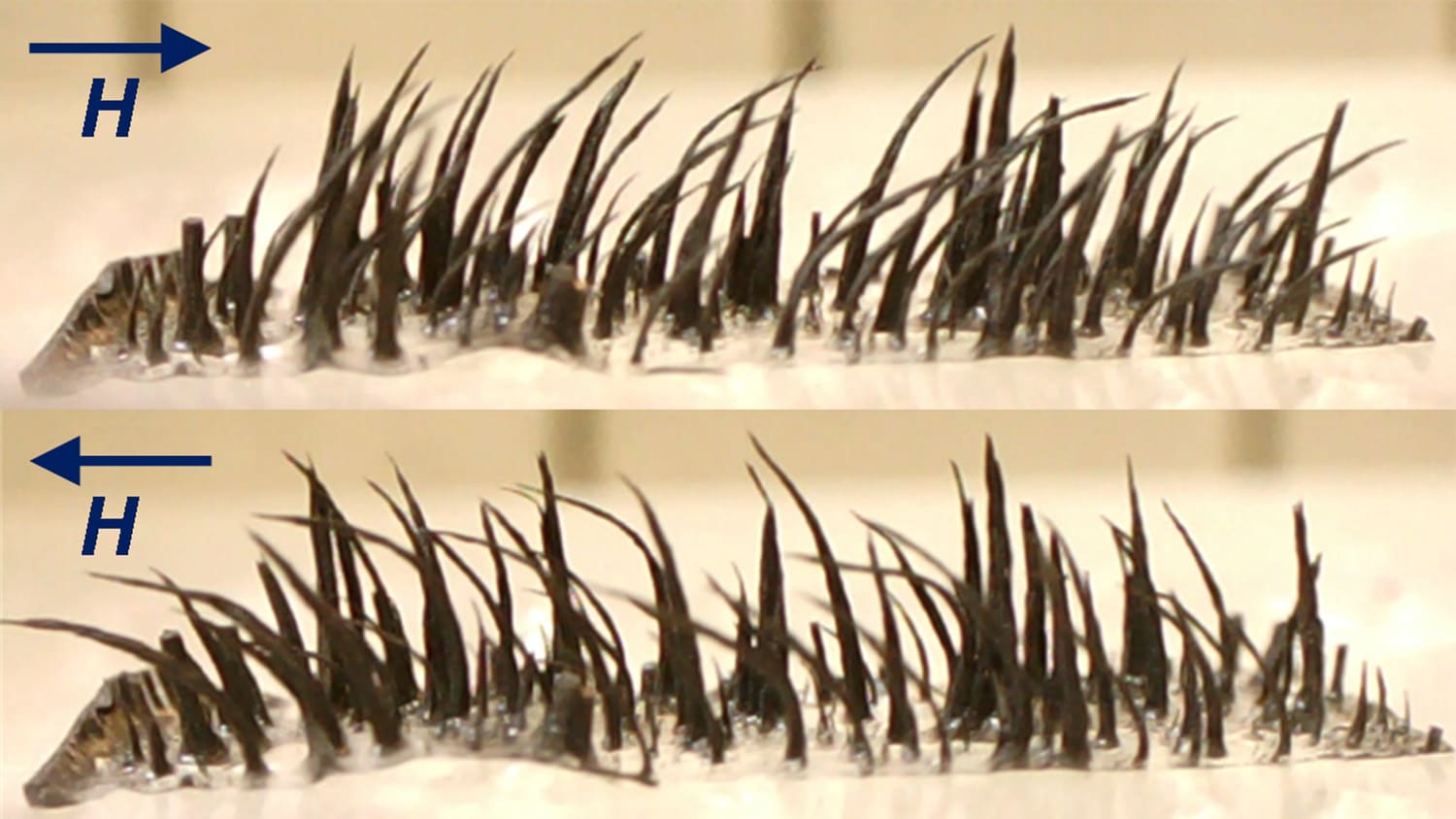Study Shows Corn Gene Provides Resistance to Multiple Diseases
Researchers at North Carolina State University have found a specific gene in corn that appears to be associated with resistance to three important plant leaf diseases.
In a paper published this week in Proceedings of the National Academy of Sciences, NC State plant pathologists and crop scientists pinpoint the gene – glutathione S-transferase – that seems to confer resistance to Southern leaf blight, gray leaf spot and Northern leaf blight, a trio of diseases that cripple corn plants worldwide.
Finding out more about the mechanisms behind complex traits like disease resistance can potentially help plant breeders build the best traits into tomorrow’s corn plants, says paper co-author Dr. Peter Balint-Kurti, a research plant pathologist and geneticist for the U.S. Department of Agriculture-Agriculture Research Service (USDA-ARS) who works in NC State’s plant pathology and crop science departments.
The NC State researchers joined lead author Dr. Randy Wisser, an assistant professor at the University of Delaware, and other researchers from the University of Delaware, Cornell University and Kansas State University in examining 300 diverse maize varieties from across the globe which are, on average, as different from one another as humans are from chimpanzees. Using these diverse varieties of corn allowed the researchers to zero in on the regions of the genome responsible for conferring resistance to the three diseases – and thus to varieties that are very resistant to disease.
“We tested the lines for resistance to these three diseases and found that if a line is resistant to one disease, chances are it’s also resistant to the other two,” Balint-Kurti says.
The researchers then delved into the question of why this multiple resistance occurs.
“One hypothesis was that if a corn variety has resistance genes for one disease, it is likely to also have resistance genes for the others,” Balint-Kurti says. “The other hypothesis was that the same genes conferred resistance to multiple pathogens. Our evidence suggests that the latter hypothesis is more likely. In particular, we have developed good evidence that a specific gene, a member of a gene family called glutathione-S-tranferases, is associated with resistance to all three diseases.”
Southern corn leaf blight is a moderate problem in the southeastern United States, Balint-Kurti says, and can be a significant problem in Southeast Asia, southern Europe and parts of Africa. Prevalent in hot, humid climates across the globe, it causes small brown spots on leaves. The spots get larger and eventually spread to the whole plant. Severe infections can cause major corn yield losses. Northern leaf blight can be found in the Midwestern corn belt; it causes cigar-shaped lesions on leaves. Gray leaf spot – which produces an eponymous effect – is found both in the Midwest and Southeast. All three pathogens are so-called necrotrophic fungi, or fungi that kill what they eat.
Balint-Kurti says the study provides “one of the most comprehensive analyses of multiple disease resistance in plants.”
The research was funded by USDA-ARS, the National Science Foundation, CGIAR Generation Challenge Program, the N.C. Corn Growers Association, and USDA-National Institute of Food and Agriculture.
– kulikowski –
Note: An abstract of the paper follows.
“Multivariate Analysis of Maize Disease Resistance Suggests a Pleiotropic Genetic Basis and Implicates a Glutathione S-transferase Gene”
Authors: James Holland, Matthew Krakowsky, Peter Balint-Kurti, USDA-ARS at North Carolina State University; Judith Kolkman and Rebecca Nelson, Cornell University; Randall Wisser and Megan Patzoldt, University of Delaware; Jianming Yu, Kansas State University
Published: Week of May 2, in Proceedings of the National Academy of Sciences
Abstract: Plants are attacked by pathogens representing diverse taxonomic groups, such that genes providing multiple disease resistance (MDR) are expected to be under positive selection pressure. To address the hypothesis that naturally-occurring allelic variants condition MDR, we extended the framework of structured association mapping to allow for the analysis of correlated complex traits and the identification of pleiotropic genes. The multivariate analytical approach used here is directly applicable to any species and set of traits exhibiting correlation. From our analysis of a diverse panel of maize inbred lines, we discovered high positive genetic correlations between resistances to three globally threatening fungal diseases. The maize panel studied exhibits rapidly decaying linkage disequilibrium that generally occurs within one or two kilobases—less than the average length of a maize gene. The positive correlations therefore suggested that functional allelic variation at specific genes for MDR exist in maize. Using a multivariate test statistic, a glutathione S-transferase gene was found to be associated with modest levels of resistance to all three diseases. Re-sequencing analysis pinpointed the association to a histidine (basic amino acid) for aspartic acid (acidic amino acid) substitution in the encoded protein domain that defines glutathione S-transferase substrate specificity and biochemical activity. The known functions of glutathione S-transferases suggested that variability in detoxification pathways underlie natural variation in maize MDR.
- Categories:


